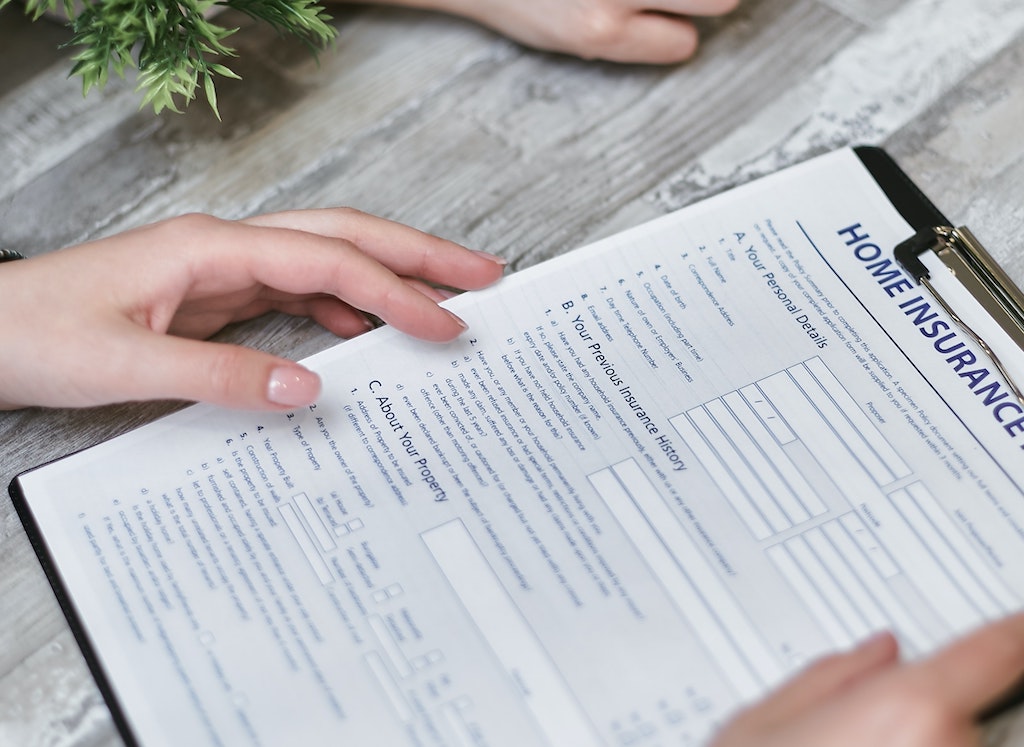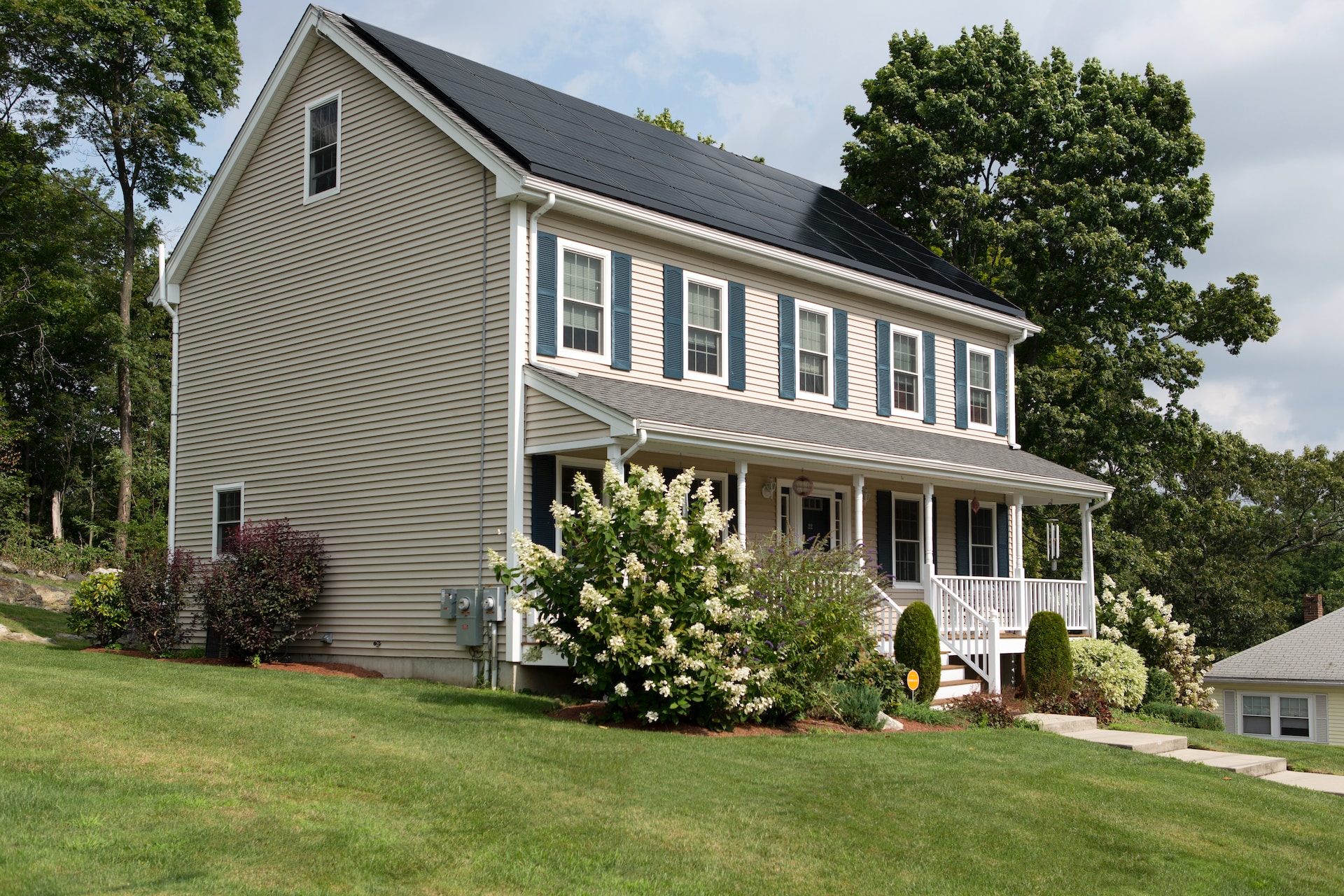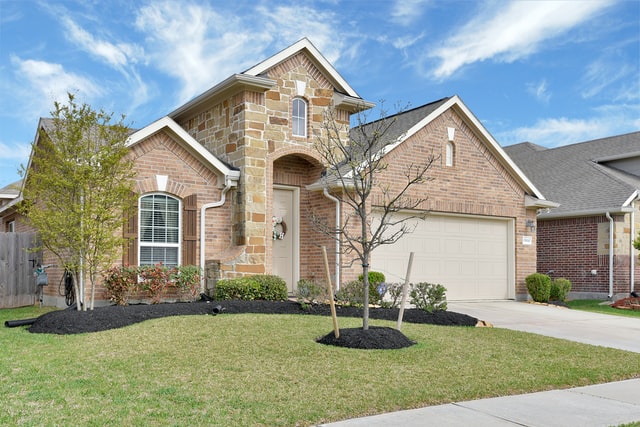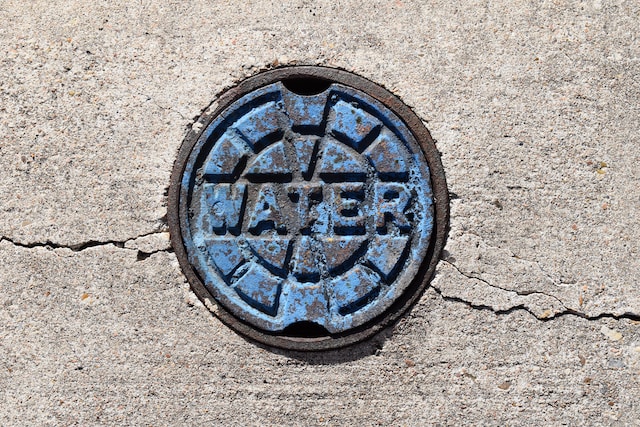Home insurance offers financial protection against unexpected events that damage or destroy your home and/or personal belongings. It’s not just a safety net; it’s a necessity for anyone who owns a home.
Ins and Outs of Homeowners Insurance
Home insurance is a form of property insurance designed to cover private residences. It combines various personal insurance protections, which can include losses occurring to one’s home, its contents, loss of use (additional living expenses), or loss of other personal possessions of the homeowner. Home insurance also provides liability insurance for accidents at the home or at the hands of the homeowner within the policy territory.
Components of Home Insurance
Homeowners insurance typically includes several key components:
- Dwelling Coverage: This part of the policy covers the home’s physical structure. If your house is damaged by a covered peril such as fire, wind, or hail, dwelling coverage can help pay for repairs or rebuilding.
- Other Structures Coverage: This portion of the policy covers structures on your property that are not attached to your home, such as a detached garage, tool shed, or fence.
- Personal Property Coverage: Personal property coverage helps protect the contents of your home, including furniture, electronics, and clothing, against covered perils like theft or fire. This coverage can also extend to personal items stored off-premises.
- Loss of Use Coverage: If your home becomes uninhabitable due to a covered peril, loss of use coverage can help pay for additional living expenses, such as hotel bills and restaurant meals, while your home is being repaired.
- Liability Coverage: Liability coverage protects you against legal actions for bodily injury or property damage that you or your family members cause to others. It also covers damage caused by your pets.
- Medical Payments Coverage: This component covers medical expenses for guests injured on your property, regardless of who is at fault.
Covered by Home Insurance
Homeowners insurance policies typically cover a wide range of perils. Commonly covered perils include:
- Fire or lightning
- Windstorm or hail
- Explosion
- Riot or civil commotion
- Damage by aircraft
- Damage by vehicles
- Smoke damage
- Vandalism or malicious mischief
- Theft
- Volcanic eruption
However, home insurance usually does not cover damage caused by floods, earthquakes, or routine wear and tear. Separate policies or endorsements are needed for these types of risks.
Types of Home Insurance Policies
There are different types of homeowners insurance policies designed to meet varying needs. The most common types include:
HO-1: Basic Form
This policy offers minimal coverage, protecting against a limited number of perils. It’s less common today as it provides very limited protection.
HO-2: Broad Form
HO-2 covers more perils than the basic form and is still considered a named perils policy, meaning it only covers perils specifically listed in the policy.
HO-3: Special Form
The HO-3 policy is the most common type of homeowners insurance. It covers all perils except those explicitly excluded, offering broader protection for your home and personal property.
HO-4: Tenant’s Form
Also known as renters insurance, HO-4 is designed for those who lease their homes. It covers personal property and liability but not the dwelling itself.
HO-5: Comprehensive Form
HO-5 is the most comprehensive policy available, covering all perils unless they are specifically excluded. It offers higher limits and fewer exclusions for personal property.
HO-6: Condominium Form
HO-6 is for condominium owners. It covers personal property and the parts of the building owned by the policyholder, including interior walls, floors, and ceilings.
HO-7: Mobile Home Form
This policy is tailored for mobile or manufactured homes. It offers similar coverage to an HO-3 policy but is specifically designed for mobile homes’ unique aspects.
HO-8: Older Home Form
HO-8 policies are designed for older homes where the replacement cost is higher than the market value. It covers the actual cash value rather than the replacement cost.
Factors Affecting Home Insurance Premiums
Several factors influence the cost of home insurance premiums. Understanding these can help you find ways to lower your premiums without sacrificing necessary coverage.
Location
The location of your home significantly affects your insurance premiums. Homes in areas prone to natural disasters like hurricanes, earthquakes, or floods typically have higher premiums. Proximity to emergency services like fire stations can also impact costs.
Home’s Characteristics
The age, size, and construction type of your home play a role in determining your premium. Older homes or those with unique features may cost more to insure due to higher replacement costs.
Coverage Amounts and Limits
Higher coverage amounts and lower deductibles increase premiums. Choosing a higher deductible can lower your premium but means paying more out-of-pocket if you need to file a claim.
Credit Score
In many states, insurers use credit scores to help determine premiums. A higher credit score can result in lower premiums.
Claims History
Your personal claims history and the claims history of your home can affect your premiums. Homes with a history of frequent claims may be more expensive to insure.
Security and Safety Features
Homes with security systems, smoke detectors, and other safety features may qualify for discounts on homeowners insurance premiums.
Tips for Saving on Homeowners Insurance
While homeowners insurance is essential, there are several ways to reduce your premiums:
- Shop Around: Compare quotes from different insurers to find the best rate for your coverage needs.
- Bundle Policies: Many insurers offer discounts if you bundle your homeowner’s insurance with other policies, such as auto insurance.
- Improve Home Security: Installing security systems and smoke detectors can qualify you for discounts.
- Raise Your Deductible: Increasing your deductible can lower your premium, but be sure you can afford the higher out-of-pocket cost in case of a claim.
- Maintain a Good Credit Score: A higher credit score can help reduce your premiums.
- Review Your Policy Annually: Ensure your coverage meets your current needs and look for opportunities to adjust coverage for potential savings.
Home insurance is a vital tool for protecting your home and personal assets from unforeseen events. Understanding the different components and types of coverage can help you choose the best policy for your needs. By being aware of the factors that influence premiums and taking steps to reduce your costs, you can secure comprehensive coverage at an affordable price. Review your policy regularly and adjust it as necessary to ensure you have the protection you need as your circumstances change.




